Cover Crops
-
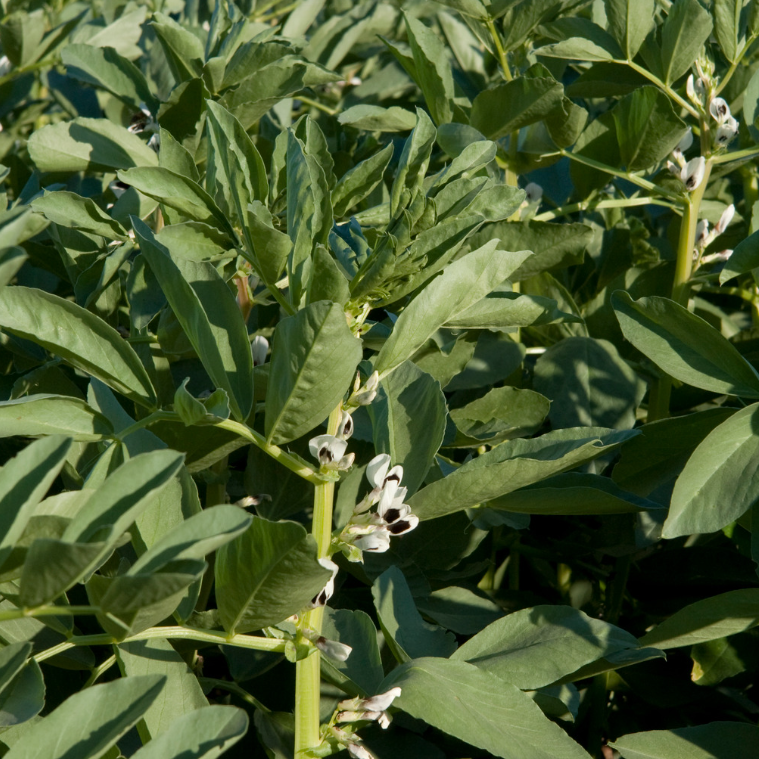
Faba Beans
Faba Beans are an annual legume crop, producing high yields of nutritious forage or grain. Known for effective nitrogen fixation and adaptability to heavier soils, they enhance soil fertility and provide valuable livestock feed, supporting pasture productivity and sustainable cropping systems.
-
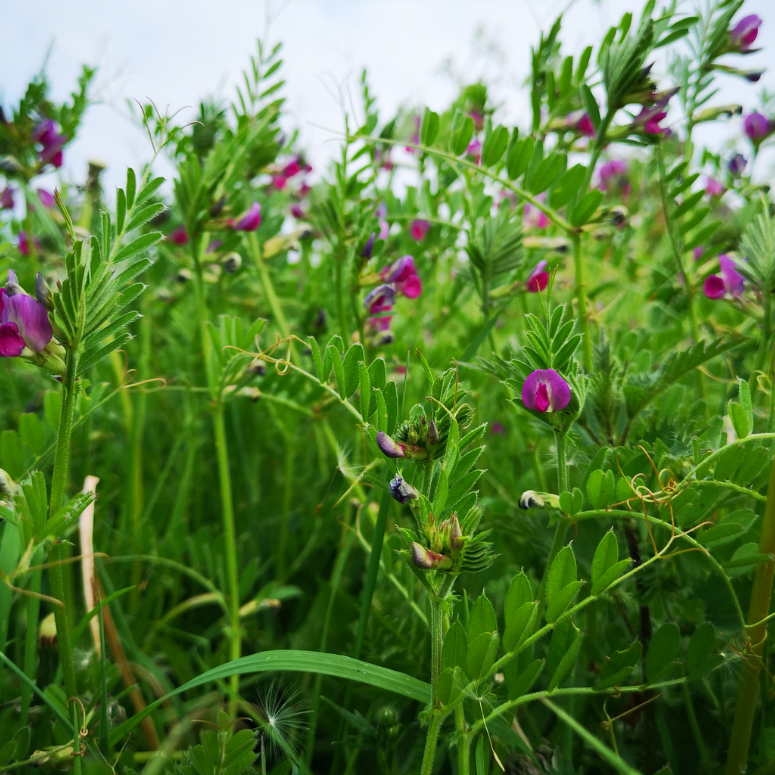
Vetch
Vetch is an annual legume offering rapid establishment, excellent biomass production, and significant nitrogen fixation. Suitable for a variety of soils, it provides high-quality grazing, green manure, or hay, improving soil fertility and reducing fertiliser needs. Vetch integrates effectively into mixed cropping or pasture systems.
-
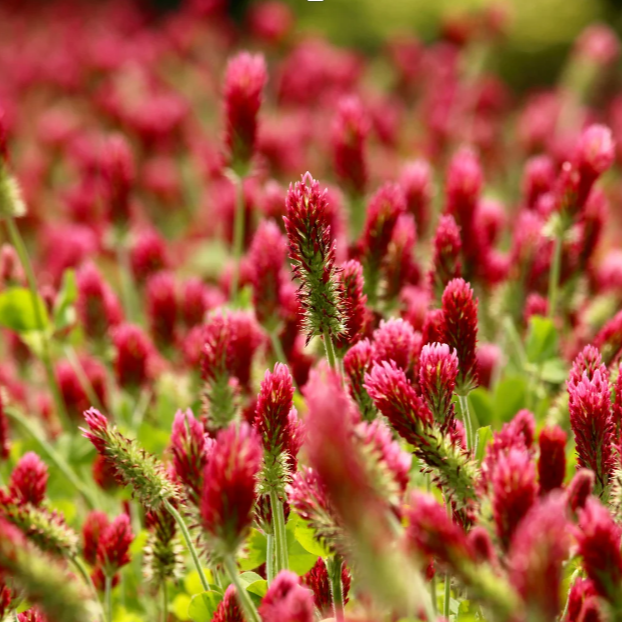
Captain Crimson Clover
Captain Crimson is an annual clover renowned for its vigorous establishment, excellent biomass production, and superior nitrogen-fixing capabilities. This hardy, tap-rooted legume is particularly valuable as a companion crop for annual ryegrass, cereals, and other forage species, significantly enhancing pasture productivity. Its rapid early growth suppresses weeds effectively, while its early flowering provides substantial nitrogen fixation precisely when companion species need it most, boosting overall forage yield and quality.
-
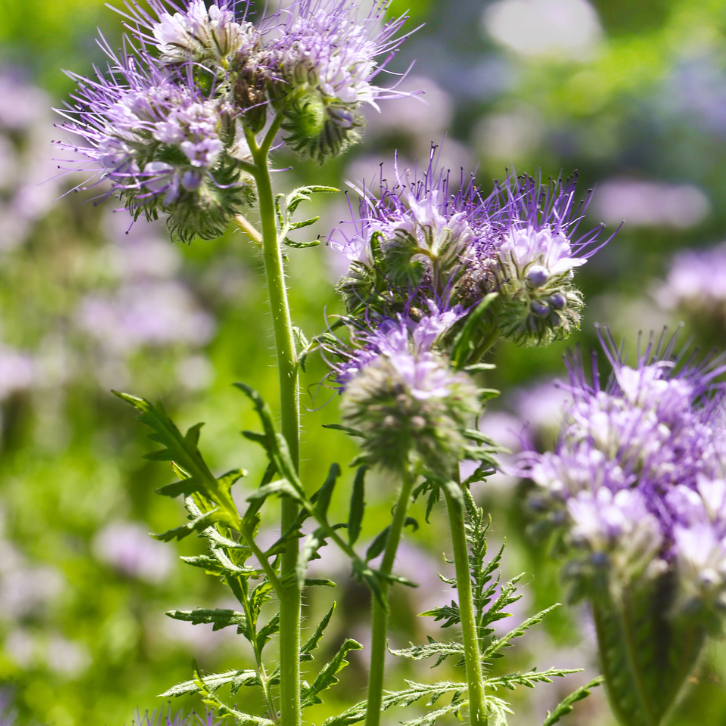
Phacelia
Phacelia is a fast-growing annual broadleaf known primarily as a beneficial pollinator plant and soil conditioner. Its rapid establishment, extensive root system, and abundant flowering attract beneficial insects and improve soil structure, making it ideal for cover cropping and green manure systems. Adaptable to various soils, Phacelia thrives best under moderate moisture conditions.
-
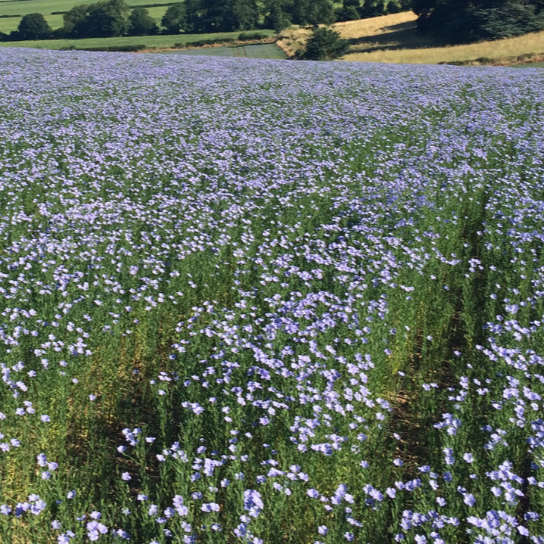
Linseed
Linseed (Flax) is an annual specialty crop known for high-quality seed production, beneficial forage, and soil-improvement capabilities. Adaptable to various climates, Linseed thrives best in well-drained, moderately fertile soils. It offers nutritious grazing or forage options, while its deep rooting structure improves soil health, enhancing pasture productivity and cropping rotations.
-
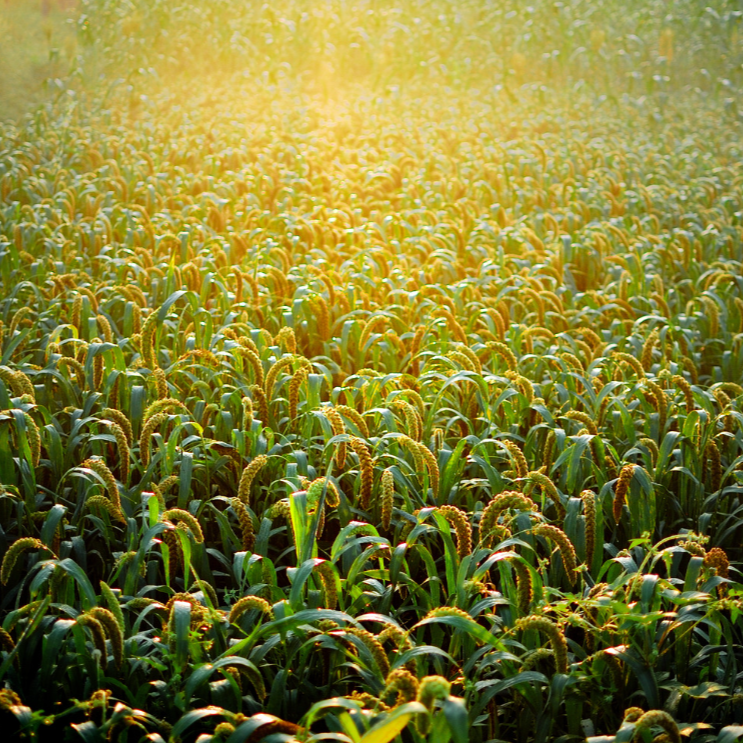
Millet
Millet is a warm-season annual grass producing substantial summer feed under hot, dry conditions. With rapid growth and excellent drought tolerance, Millet offers reliable feed production when other pastures decline. It suits sandy or lighter soils, performing best under 350–600 mm rainfall or irrigation, commonly used for grazing, hay, or silage in dry climates.
-
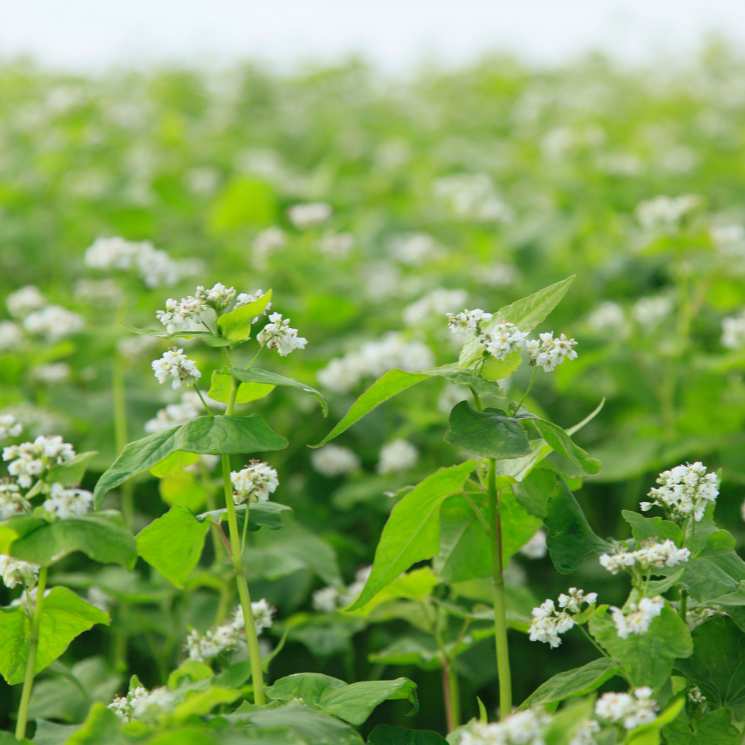
Buckwheat
Buckwheat is a rapid-growing, annual broadleaf crop often grown as a short-season cover crop or forage. Valued for quick soil cover, weed suppression, and attracting beneficial insects, buckwheat also provides nutritious forage when grazed. It thrives in poorer, well-drained soils and requires relatively low moisture, making it suitable for diverse cropping rotations.
-
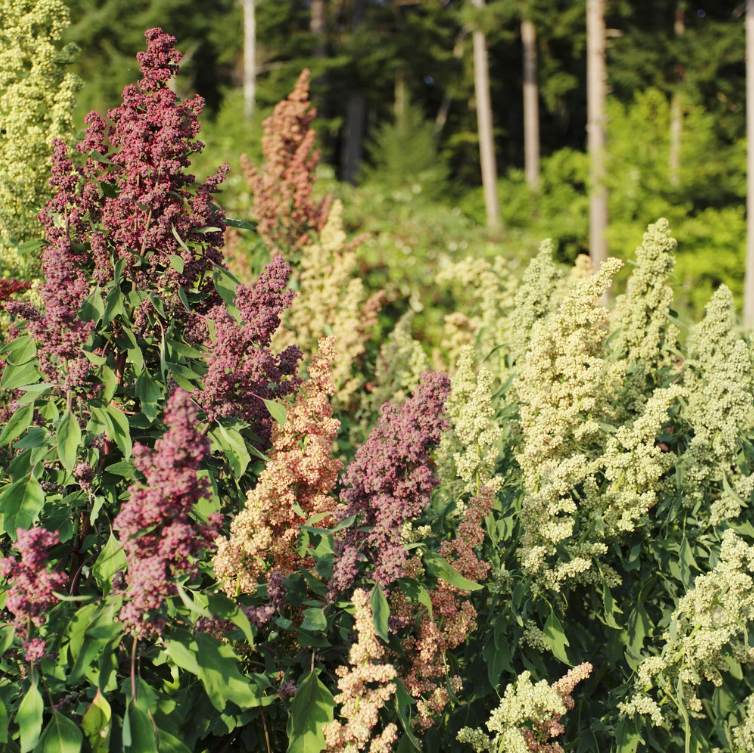
Quinoa
Quinoa is a nutritious, drought-tolerant annual crop valued for both forage and grain production. Its adaptability to marginal soils, low fertility, and dry conditions makes it suitable for challenging environments. Quinoa provides high-quality forage rich in protein, ideal for livestock grazing or as part of diverse cover crop mixtures to improve soil structure and fertility.
-
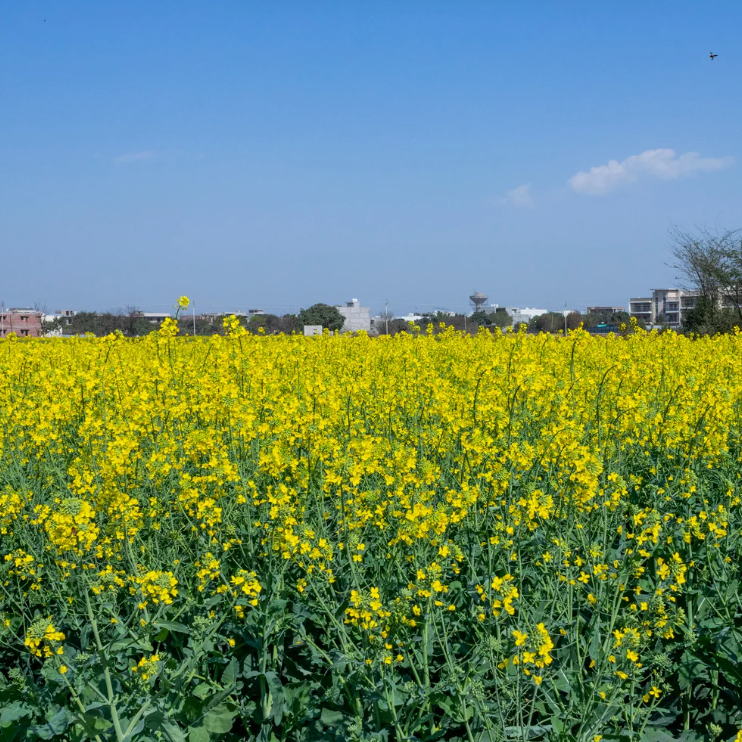
Mustard
Mustard is a rapidly establishing annual brassica commonly used for forage, cover cropping, and soil improvement. Its vigorous growth quickly suppresses weeds, improves soil structure, and provides nutritious feed. Adaptable to various soils, Mustard performs best under moderate moisture conditions, offering flexibility in cropping systems.
-
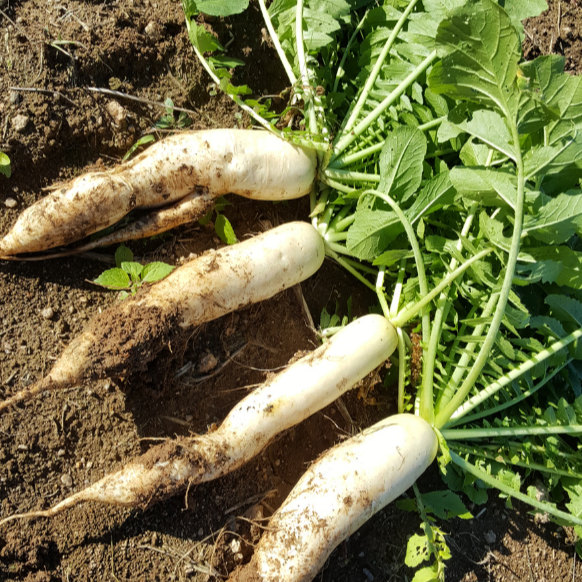
Radish
Forage Radish is a fast-growing brassica primarily used for soil improvement, forage, or cover cropping. With deep taproots, it effectively reduces soil compaction, enhances nutrient cycling, and provides high-quality forage. Radish adapts well to a wide range of soils and climates, ideal for grazing and crop rotations.
-
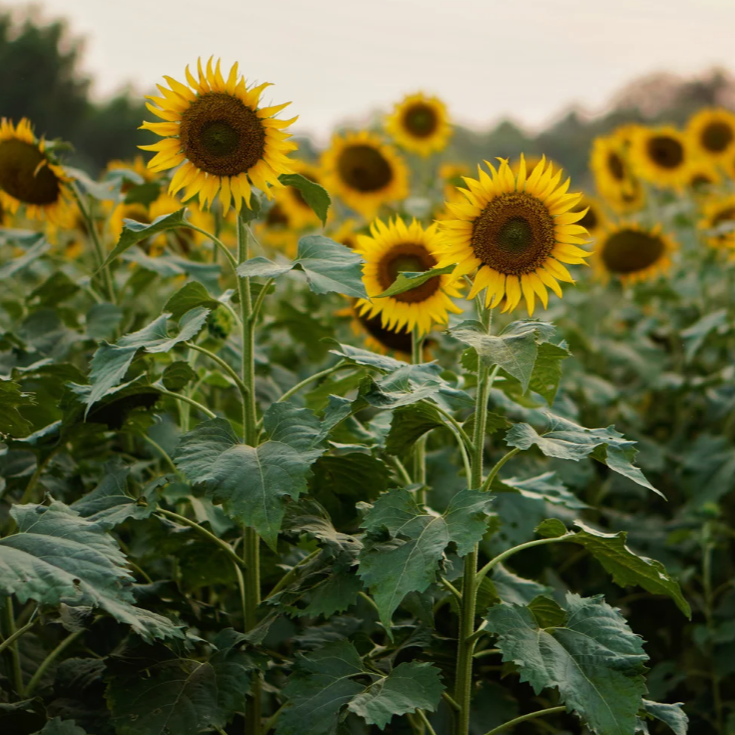
Sunflower
Sunflower is a robust, warm-season annual crop widely used for forage, silage, and grain production. Known for rapid establishment and deep rooting, it provides drought-tolerant, high-energy feed suitable for livestock grazing or supplementary forage. Sunflower thrives in fertile, free-draining soils under moderate to low rainfall or irrigation, offering versatility in diverse cropping systems.
-
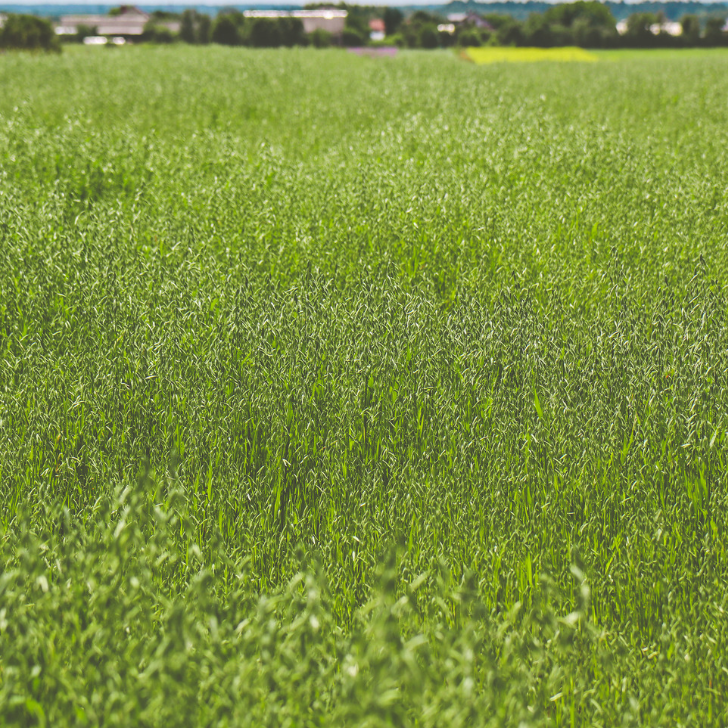
Forage Oat
Forage Oat is an annual cereal providing fast establishment, high biomass production, and quality grazing or silage feed. Ideal for autumn or early spring sowing, Forage Oat rapidly covers seasonal feed gaps, particularly suited for grazing dairy or beef cattle. It performs well across a wide range of soil conditions and climates, thriving with adequate moisture or rainfall above 500 mm annually.
-
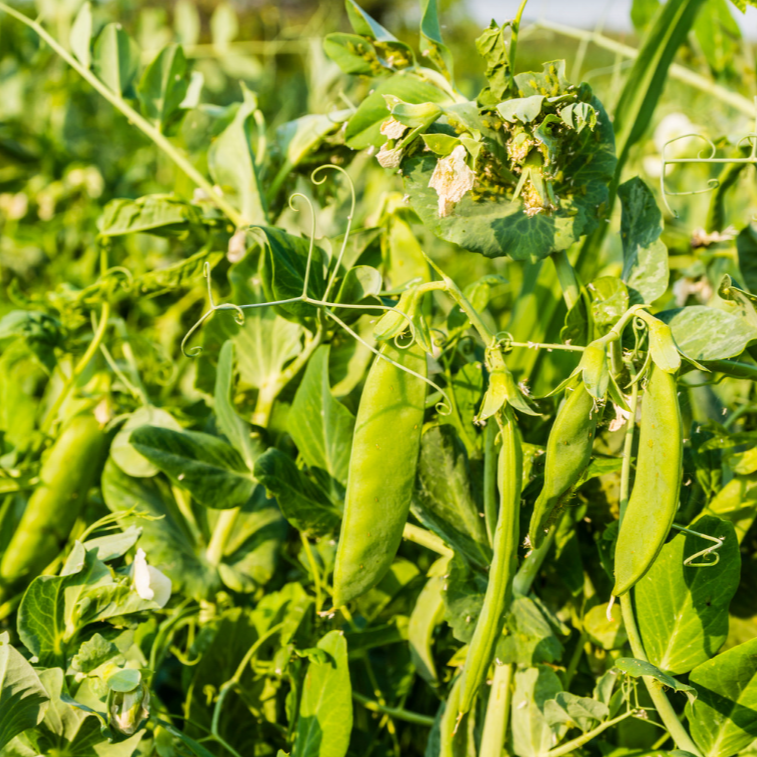
Forage Pea
Forage Pea is an annual legume valued for its rapid establishment, high biomass production, and protein-rich forage. Suitable for grazing, silage, or green manure, it effectively improves soil fertility through nitrogen fixation and integrates easily into diverse cropping or grazing systems.
-
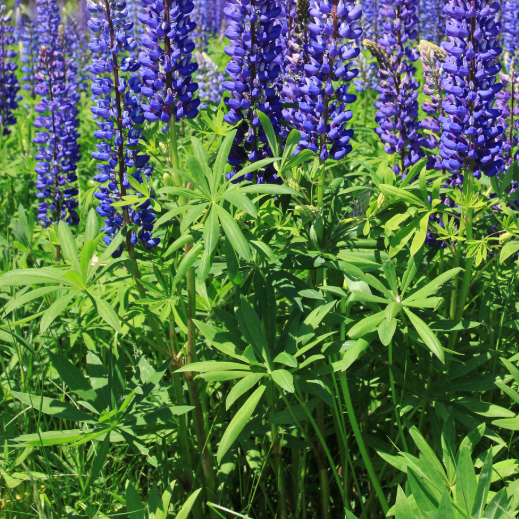
Blue Lupin
Lupin is an annual legume providing high-protein forage or grain feed, especially valuable in lower fertility or acidic soils. Known for vigorous growth and excellent nitrogen-fixing ability, Lupin improves soil quality and forage productivity, effectively supplementing pasture or cropping rotations.
-
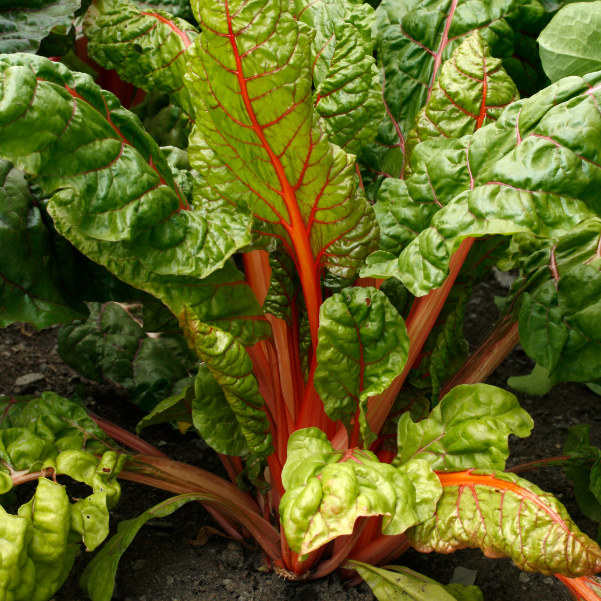
Chard
Chard is a leafy biennial forage, closely related to beet, offering high yields of nutritious foliage suitable for grazing livestock. With rapid establishment, excellent palatability, and nutritional value, it enhances pasture productivity and animal performance. Chard performs best in fertile, well-drained soils under moderate moisture conditions, ideal for intensive grazing or supplementary feed in diverse pasture systems.















